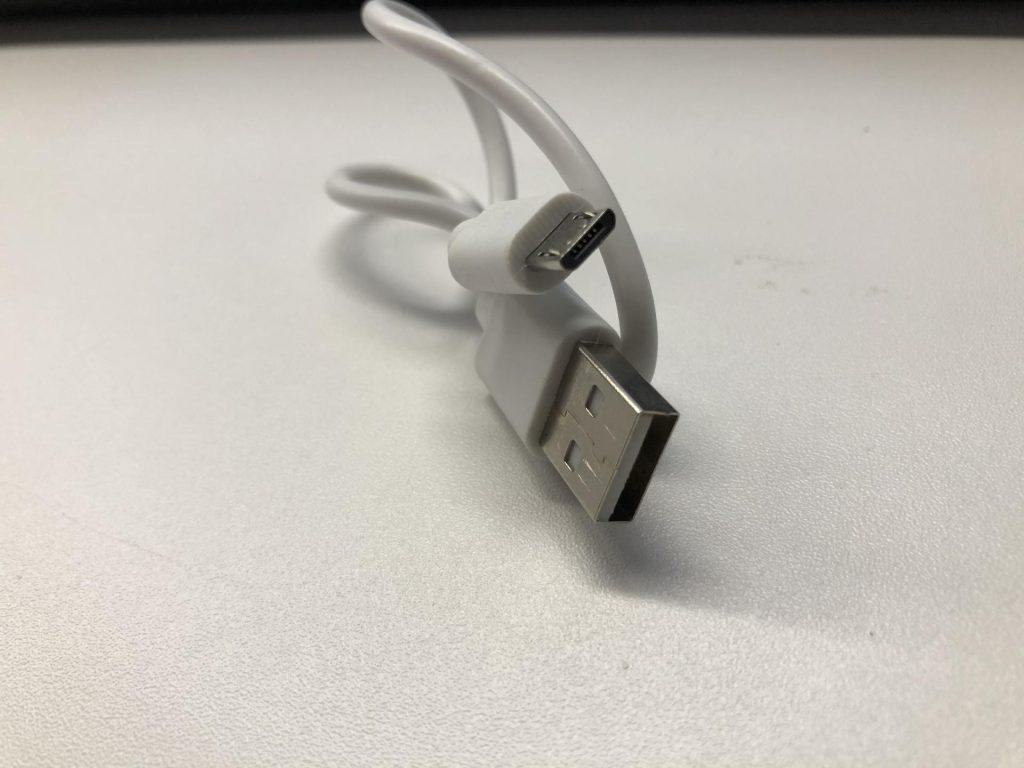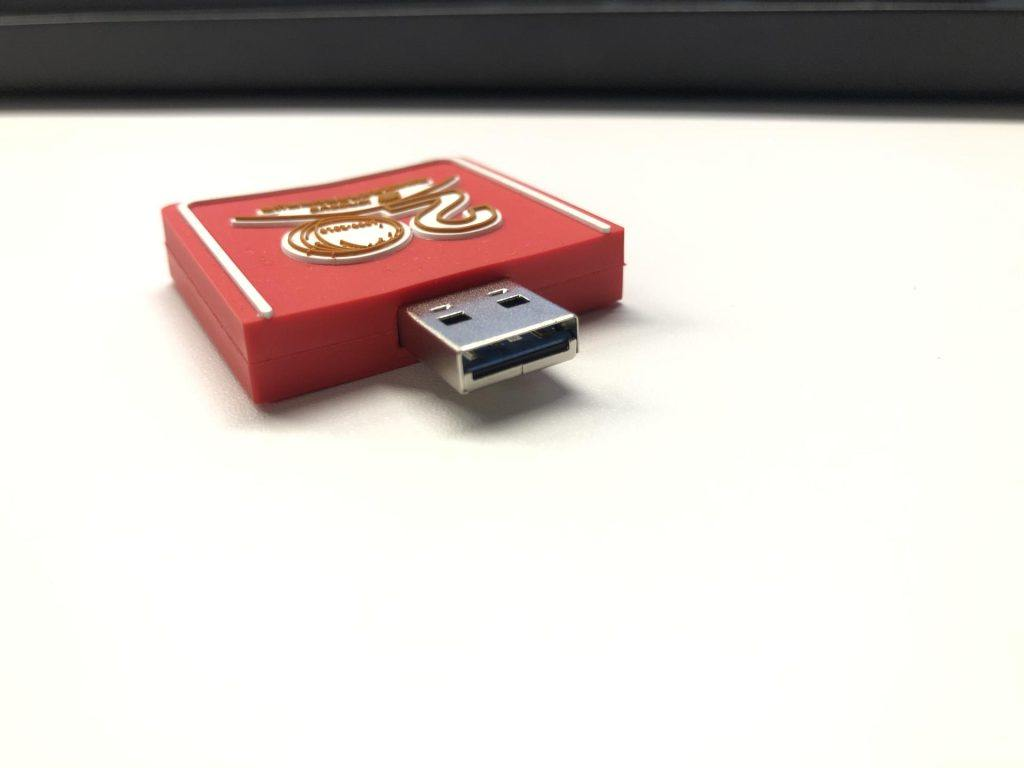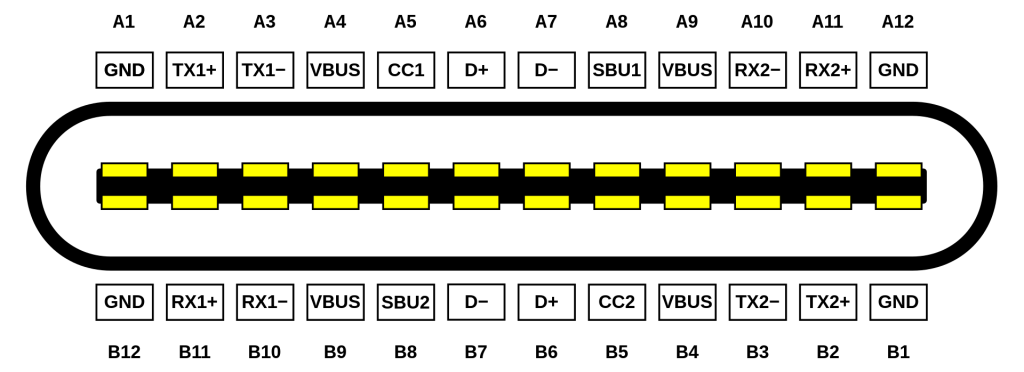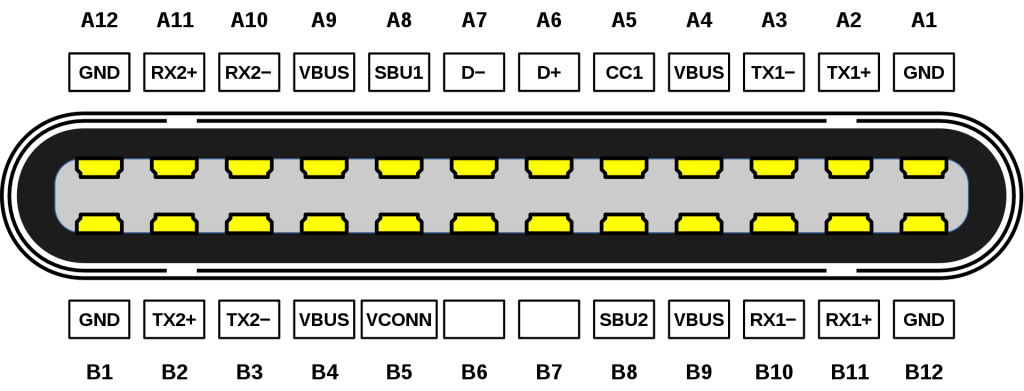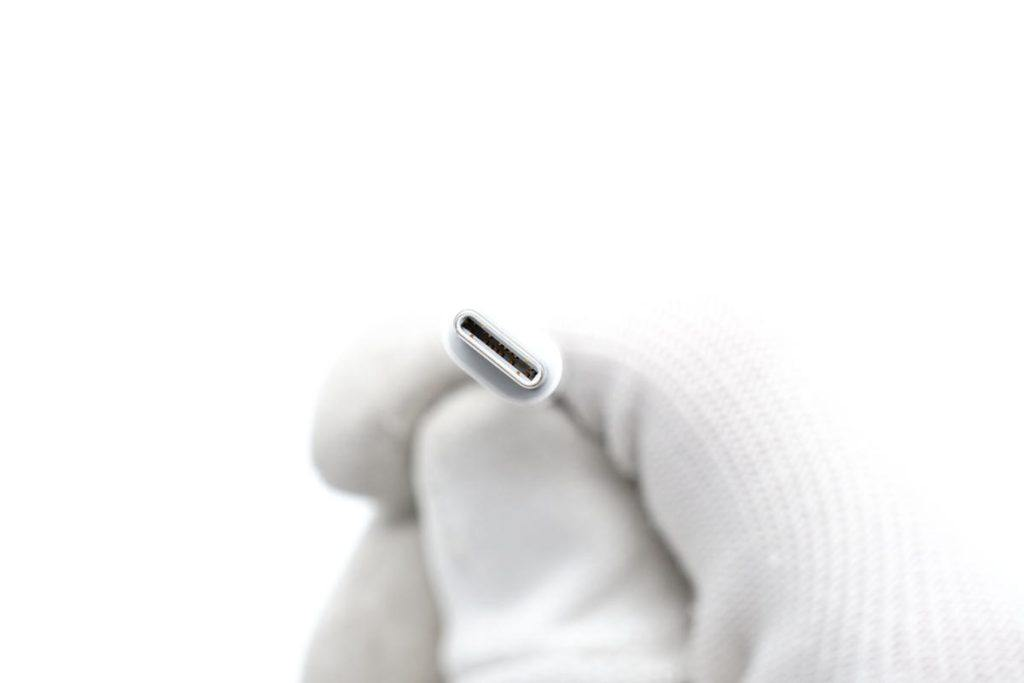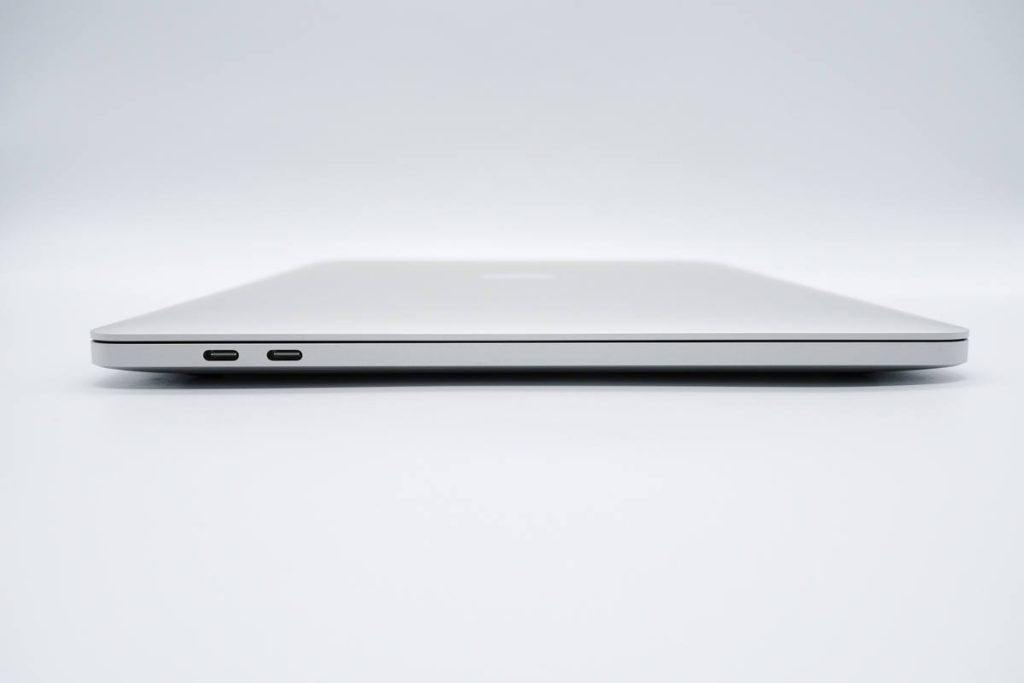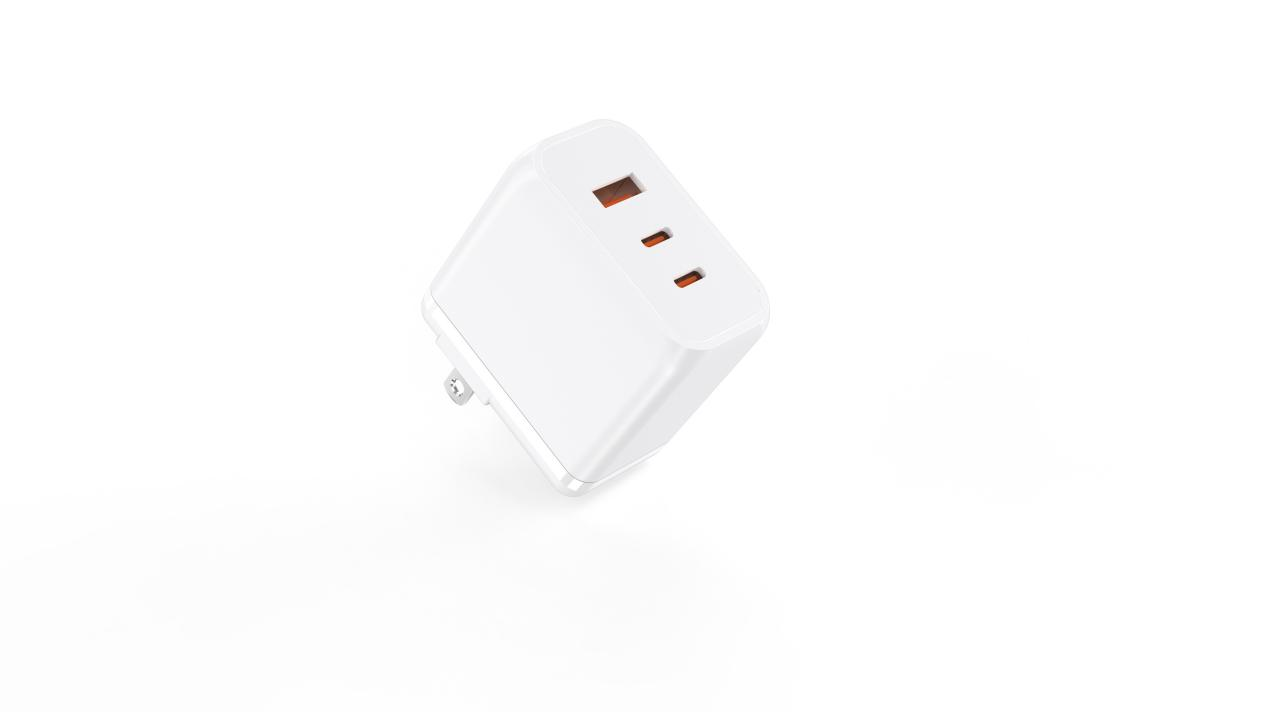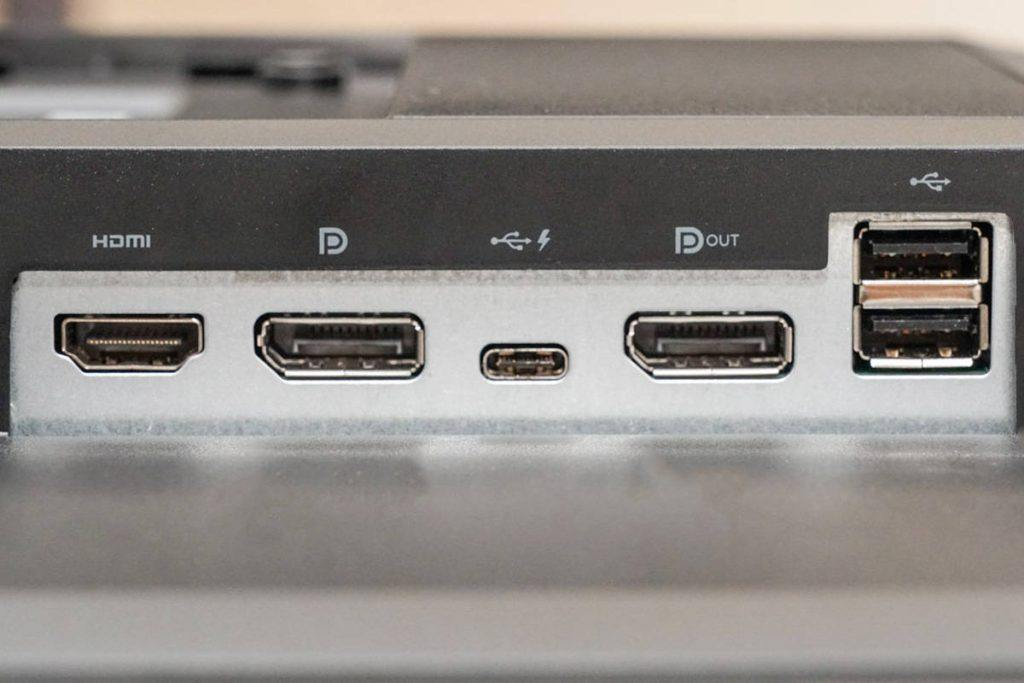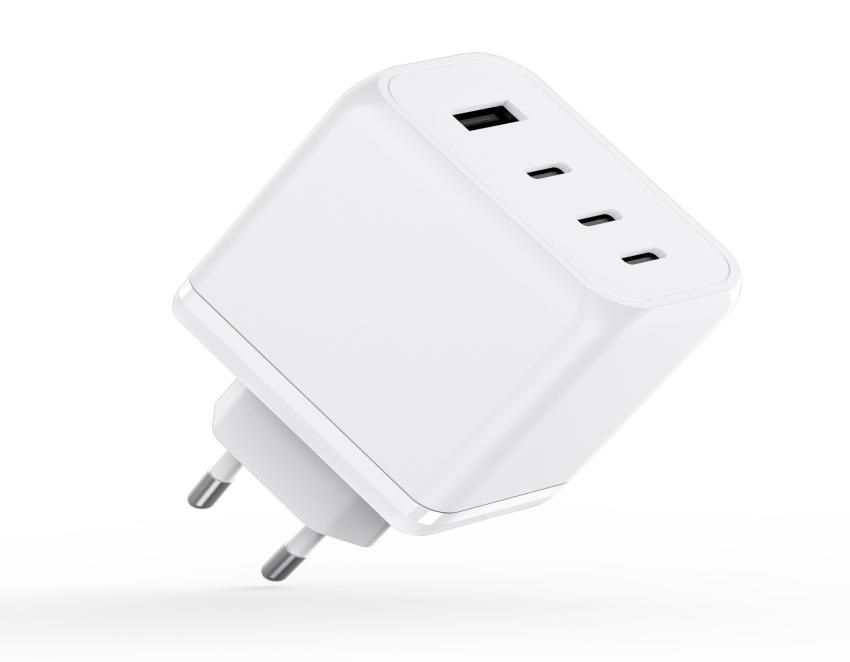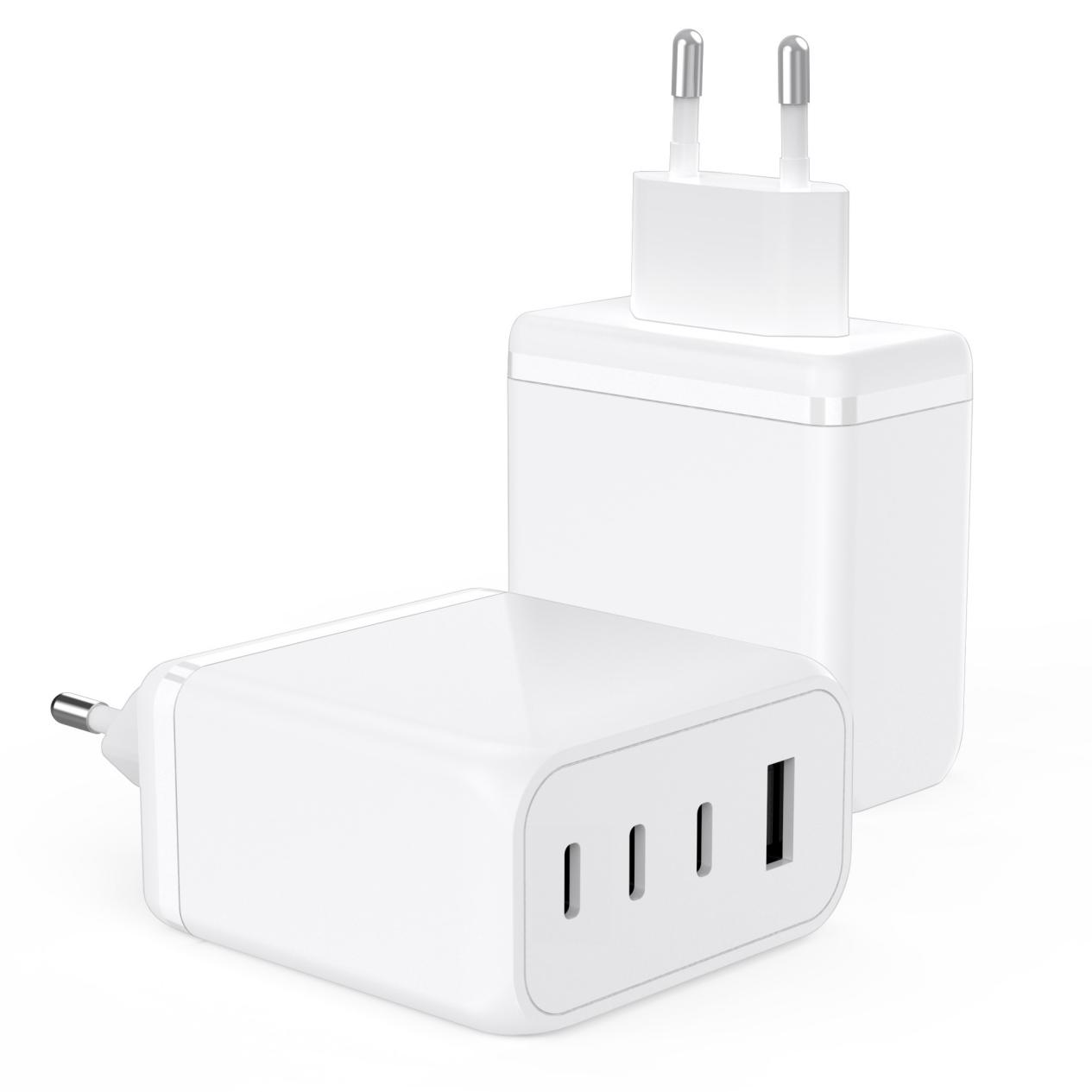In today’s smart devices, users can hear more and more trendy words, among which the word “blind plug” means that users can insert and connect successfully without carefully distinguishing the interface when using it. As soon as this term is mentioned, it makes people feel that it is indistinguishable from the USB-C port. Therefore, YIIKOO will explain what is a dual-port blind plug from the perspective of a USB port, and analyze the principle of a successful connection.
Different USB Ports
USB (Universal Serial Bus) is a serial bus standard, in other words, it is a technical specification for input and output interfaces. So far, the mainstream types of USB ports on the market include Micro-USB, USB-A, and USB-C.
Micro-USB port
Old users must know that the back cover of the previous mobile phone is designed to be detachable and replace the battery. Although the USB-C interface has gradually replaced the Micro-USB interface on current Android phones, it is undeniable that Micro-USB is still The interface with the largest number of reserves. The shape of the Micro-USB interface is similar to that of a trapezoid and does not support physical blind insertion.
Ordinary Micro-USB 2.0 wires generally have 4 pins inside, among which Vbus is used for power transmission, GND is used for grounding, D+ and D- are used for data transmission; the maximum carrying current of Micro-USB is 2A within the safe range, for The Micro-USB cable is specially designed, and the extra contacts seen in it are used to pass a larger current to ensure safety. In addition, MiNi-USB, Micro USB 3.0 b-type male port, etc. will not be discussed here.
USB-A port
USB-A is a traditional USB host port design, most commonly found on computer motherboards, U disks or charger ports, etc., and is one of the most easily identifiable devices; it is also an external bus standard, mostly used to regulate the connection between computers and external Device connection and communication. The USB-A port has a rubber core inside, which is similar to a rectangular design, and does not support physical blind insertion.
Ordinary USB-A ports generally have 4 pins inside, among which V bus is used for power transmission, GND is used for grounding, and D+ and D- are used for data transmission; they are still used in charger ports or USB-A wire ports, and Many manufacturers have specially designed the internal pins of USB-A. The extra contacts seen in them either support their own private protocol identification pins, or carry other functions, so I won’t give too much space to explain them here.
USB-C port
Users who are using USB-C port devices basically know that there are 4 pairs of TX/RX branch lines inside the USB-C port, 2 pairs of USBD+/D-, a pair of SBUs, 2 CCs, and 4 VBUS And 4 ground wires, the full pin is 24 pins, 12 pins up and down. And since the release of the USB-C specification in 2014, many new 3C devices such as Android mobile devices, laptops, desktops and even game consoles have begun to use this connection port.
The picture above shows the internal view of the USB-C socket. It can be seen that blind plugging needs to consume twice as many cables and electrical components.
The USB-IF Association clearly stipulates that the USB-C port mounted on the smart device has 24 full pins.
Secondly, due to the functional design of the USB-C port male head, users will see that the number of internal pins of the USB-C cable port male head of different specifications is different, so as to realize different functions such as charging, data transmission, and video expansion.
USB-C port usage
Due to the ease of use and versatility of the USB-C port, and the smaller size of the interface specification, it quickly appeared on the transmission, power supply and other ports of major equipment.
The new MacBook Pro M2 released by Apple this year is still equipped with a USB-C port, which can realize functions such as charging, data transmission and video expansion.
The mainstream chargers on the market are also equipped with USB-C ports, and can be equipped with fast charging protocols such as Y-CG013 2C1A 65W PD and QC, which can achieve higher power output.
Power blind insertion
Dual-port blind insertion, on the one hand, refers to the characteristics of the USB-C interface, which supports physical blind insertion, and another refers to power blind insertion.
Many high-power PD chargers are now equipped with two or more USB-C ports. Although they are all USB-C ports, the supported power is different. The picture above is a 100W charger from Bull, which is equipped with 3 USB-C ports and 1 USB-A charging port.
Here are the parameters of the YIIKOO 100W charger:
Model: Y-CG007-02
Input: 100-240V 50/60Hz 2.5A Max
Output: USB-C1/C2: 5V/3A、9V/3A、12V/3A、 15V/3A、20V/5A
PPS: 3.3V-11V/5A 100W Max
USB-C3: 5V/3A、9V/3A、12V/2.5A 15V/2A、20V/1.5A
PPS:3.3-11V/3A 30W Max
USB-A: 5V/3A、9V/2A 、12V/1.5A 18W Max
Total output power: 100W Max
It can be seen that in terms of output, both USB-C1 and USB-C2 support a fast charging power of up to 20V5A 100W. You can get a fast charging power of up to 100W without deliberately distinguishing the interface, which is called power blind insertion.
In Summary
According to the USB-C interface specification form over the years, blind insertion seems to be the first vocabulary that appeared on the USB port, and the word is like “mouth”, no need to identify the front and back, no side rubber core of the USB-A port, and no Mirco-USB trapezoidal design of the port brings a flatter and smaller standard design, which is widely used in various smart products.
Secondly, the original inspiration of the front and back blind insertion seems to come from the Lightning port. It has to be said that Apple is still a leading technology company. However, the USB-C interface is equipped with more comprehensive functions, faster speed and better adaptability; moreover, it is equipped with blind power plugging on the charger, which is more of a design strategy for the charger, but it is no port after all. There is no solution; finally, the USB-C port brings higher convenience and upper limit to modern technology, and we look forward to continuous development and innovative design in the future.
Post time: Jun-07-2023


